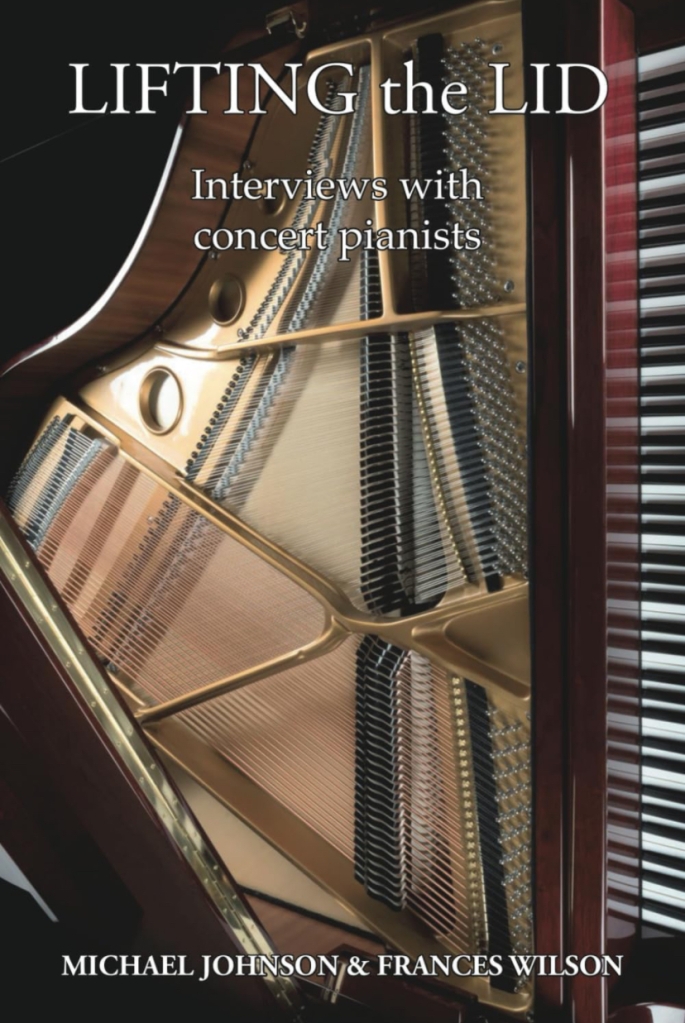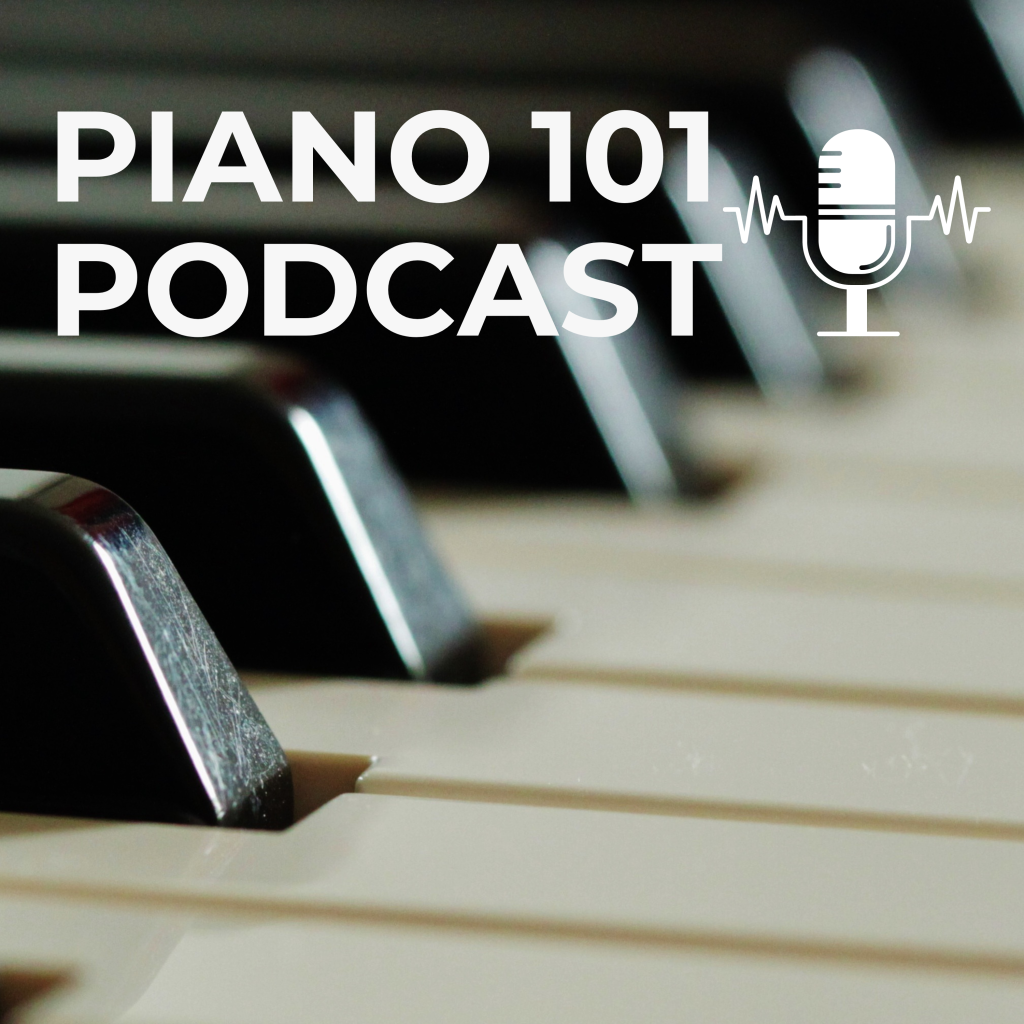‘Symphony of Sorrowful Songs’ at English National Opera
The final work in ENO’s 2022/23 season, a staging of Henryk Górecki’s Symphony of Sorrowful Songs, made for a poignant, beautiful and moving close to a season beset with anxiety about the future of ENO in is current home, the London Coliseum, after Arts Council England (ACE) slashed its funding and demanded that the opera find a new home outside London. This is all part of the government’s so-called “levelling up” policy, but for many of us who care about such things, it – and other acts of desecration by ACE – feels like an attack on culture and also on excellence.
These points were more than touched upon in an emotional pre-performance speech by Stuart Murphy, outgoing CEO of ENO, who warned Nicholas Serota, Michael Gove and others that “history is watching you”. Murphy’s speech garnered enthusiastic support, with a few shouts of “Tories out!” from the balcony.
What followed was a performance which demonstrated exactly why we should value ENO and what it does – and what makes it distinctive from London’s other great opera house.
Of course Symphony of Sorrowful Songs is not an opera. It’s an orchestral work in three movements by Henryk Gorecki (1933-2010), a composer hitherto almost unkown outside his native Poland until this work hit the classical charts in the early 1990s in a recording featuring soprano Dawn Upshaw with the London Sinfonietta. The album remained in the charts for weeeks and weeks, and is one of the biggest selling contemporary classical pieces of all time.
The music is minimalist in style, approachable but also highly affecting, with an insistent pulse throughout which could suggest a human heartbeat. The only voice is that of a soprano, in the ENO production Nicole Chevalier, who in three meditative movements offers a triptych of motherhood – the first a lament of the Virgin Mary, the second a message written on the wall of a Gestapo prison cell, and the third a mother searching for her lost son. The production was presented in Polish with Englisha and Polish subtitles.
The work lends itself to a theatrical presentation and is rich in religious imagery, in particular the Pietà and figures at the base of the cross from the Crucifixion, both of which were referenced in the opening movement. A simple set with two apertures of light overhead created the sense of a cavernous stone tomb. At the back, a figure lay on a suspended slab while a woman dragged a cloth from a grave. Gathering it up in her arms, the cloth became at once a cradled child and a shroud. Throughout the performance, extraordinary lighting and video effects projected tears or waves, and the fuzzy images from an ante-natal ultrasound scan, which served to enhance and reinforce the message of the music and the words.

In the second scene, in a Gestapo prison cell, we see that the stone walls are in fact a series of closely-meshed ropes through which mysterious, masked figures emerge and depart. In the final scene, the tangled ropes suggests the mess and fog of war as the mother searches for her lost son. The resonances with the war in Ukraine were very obvious here and this made for a very moving episode in a work freighted with a visceral sense of poignancy and loss.
Nicole Chevalier’s translucent yet rich soprano brought power and tenderness to Gorecki’s long-spun lines, while conductor Lidiya Yankovskaya and the ENO orchestra gave an unsentimental but not less committed and absorbing reading of the score which appreciate the narrative arc of the individual movements and the work as a whole. The overall effect was compelling, deeply moving and yet ultimately uplifting: the closing moments of the final movement, the mother spreads her wings and ascends towards heaven, in an image redolent of the art of William Blake.
An ambitious, imaginative and haunting production from ENO, which demonstrates exactly why we must treasure and support this organisation.
Symphony of Sorrowful Songs continues until 6 May









